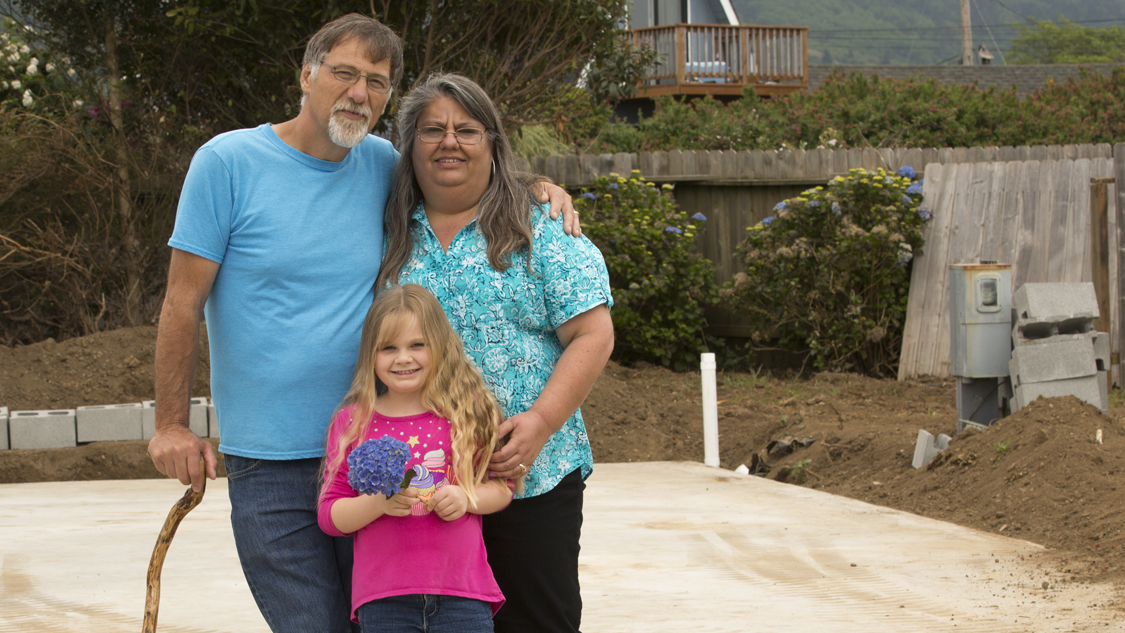Prison Alternatives Boosted by Health Impact Assessment
This video is hosted by YouTube. In order to view it, you must consent to the use of “Marketing Cookies” by updating your preferences in the Cookie Settings link below. View on YouTube
This video is hosted by YouTube. In order to view it, you must consent to the use of “Marketing Cookies” by updating your preferences in the Cookie Settings link below. View on YouTube
See how a Wisconsin health impact assessment (HIA) has helped increase access to alternatives to prison programs—benefiting thousands struggling with addiction, mental illness, and other health conditions.
In 2011, Wisconsin's statewide faith-based community organization WISDOM launched a health impact assessment to explore the health consequences of increasing the state’s Treatment Alternatives and Diversion (TAD) Fund. Through this program, the state supports drug-treatment courts, mental health courts, and other criminal justice diversion programs that keep low-risk, non-violent offenders out of prison and in treatment programs.
The HIA found that increased access to prison-alternative programs would likely reduce crime, strengthen families, and improve public health in communities across Wisconsin.
As a result of the HIA’s recommendations:
- The state increased the budget for TAD programs fourfold, from $1 million to $4 million.
- Legislators from both parties support securing more funding for these programs.
- And the number of treatment alternative programs has risen from 7 to 34.
When the programs are fully implemented, more than 2,000 people will be treated through them annually. According to the Wisconsin Office of Justice Assistance, for each dollar spent on TAD programs, the state will save almost $2 through averted incarceration and reduced crime.
WISDOM’s assessment was one of two HIAs to be honored at the 2015 National Health Impact Assessment Meeting as part of a HIA recognition program aimed at highlighting the power of HIAs to improve health and health equity.


America’s Overdose Crisis
Sign up for our five-email course explaining the overdose crisis in America, the state of treatment access, and ways to improve care
Sign up

This video is hosted by YouTube. In order to view it, you must consent to the use of “Marketing Cookies” by updating your preferences in the Cookie Settings link below. View on YouTube
This video is hosted by YouTube. In order to view it, you must consent to the use of “Marketing Cookies” by updating your preferences in the Cookie Settings link below. View on YouTube









